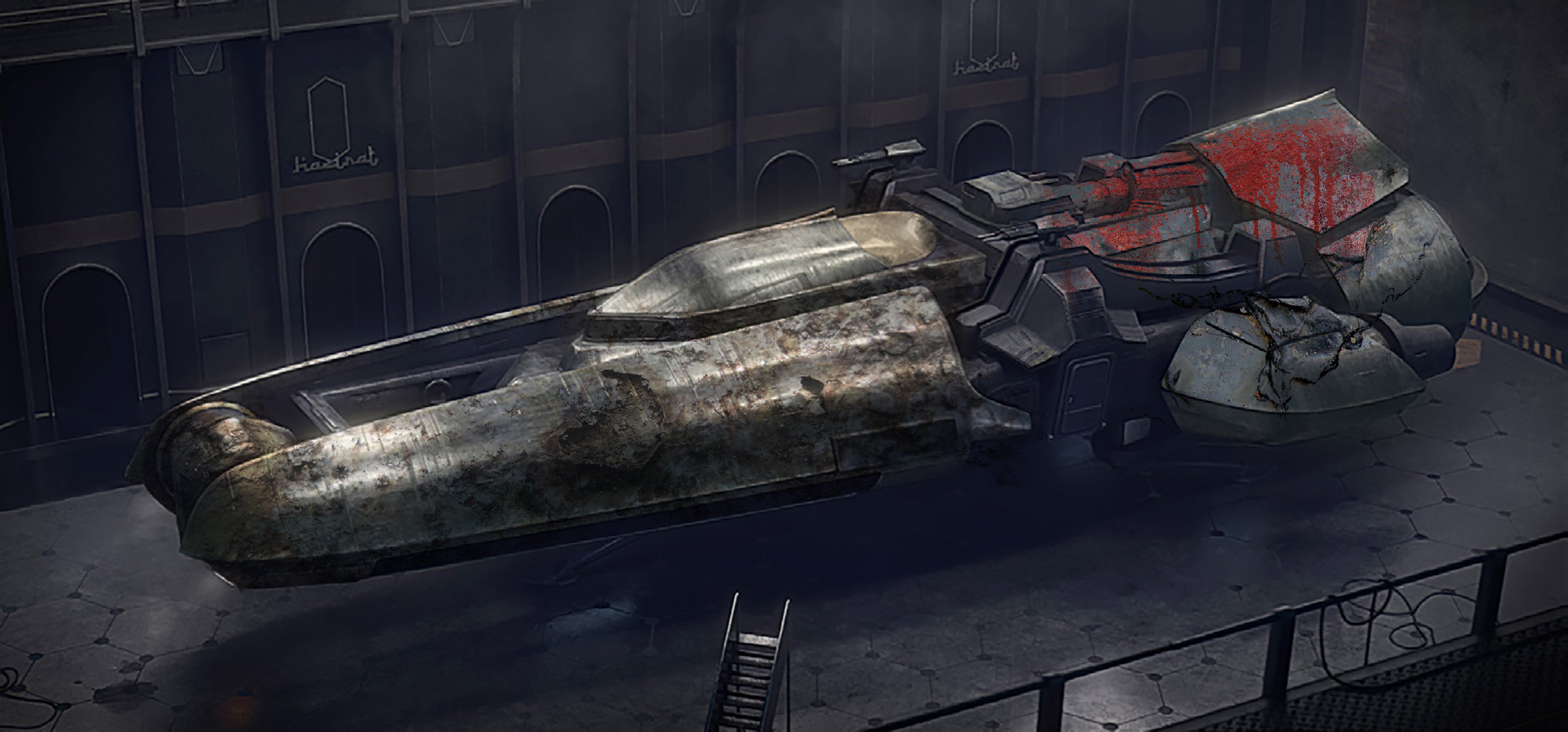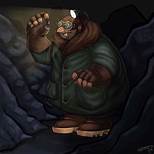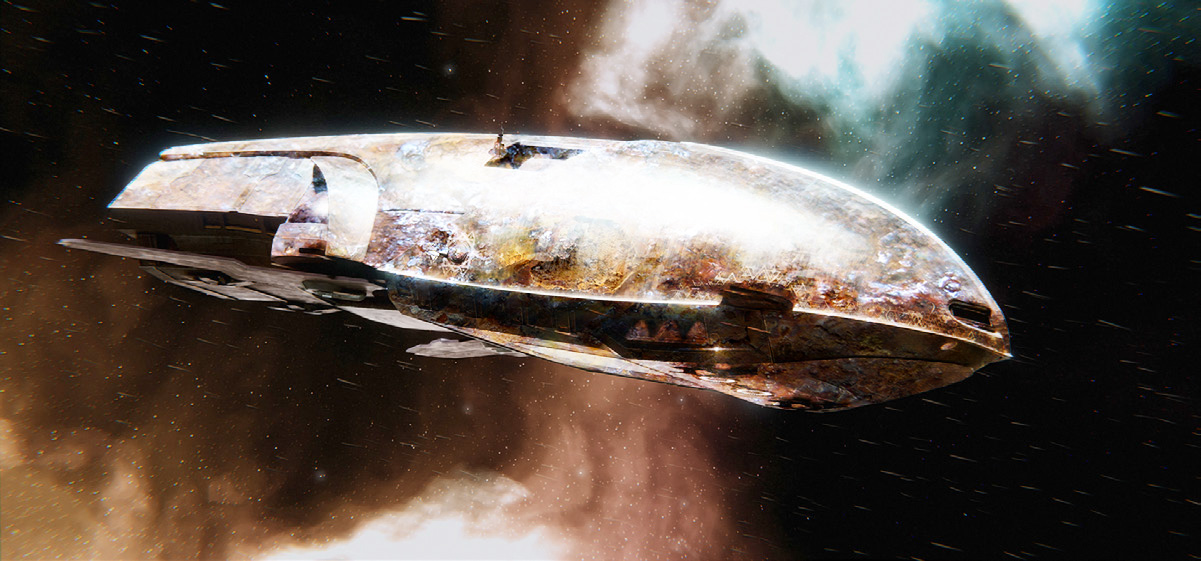
The League of Misfits
This is a timeline with the places our heroes have visited.
The League
The Horizon is full of mysteries to uncover. We are truth seekers who refuse to settle for the Bulletin’s oversimplified version of reality. It’s all there, if you just scratch the surface a little. We not only delve into the past, they also push beyond the frontiers of the Horizon – as colonists, curious anthropologists or traveling journalists. As Explorers, we dig through the frozen ruins on Surha, the remnants of the Portal Builders in the jungles of Kua, or search for forgotten colonies along the Enau Arm.


Armand
Scientist – Archealogist
Archaeologist. Whether it’s digging for ruins in the desert or mapping the mysterious gravitation pools, Armand is an explorer in the truest sense.
Khadyr
Trailblazer – Prospector
I discovered that I had a talent for finding things. Reading planets surfaces. Tracking lost ships. To make a living I take missions to search for all Horizons riches, from ice ore to Helium-3, shipwrecks, etc. I’m a private person. I don’t talk a lot. But when I say something I expect people to listed.
Shamus
Pilot

My name is Shamus Loaded. I am 37 years old and was born on Zalos. I come from a rich, privileged, family. Although I’m near sighted, I have succeeded to become a pilot. My daddy took care of that. Got my diploma from him. But, had to promize not to fly fast ships. So, freighters it was. My mother was so proud when I got my first freighter. She walked all the way around it. Should have told me…I ran her over. Still got the dent to prove it. She’s dead now. Makes me sad….got no selfie. I have to shave my eyebrows on a monthlty basis and need strond glasses. I had it made specially for me: W.A.L.L.M.A.R.T.. He told me it’s an exclusive brand. I’m always cold, so I like to wear young seal fur coats. Also, I’m fond of my boots. I have grey ones, blue ones, orange ones, white ones, etc.. etc… My father told me that I had to socialise. Luckily I met two strangers in a bar. They talked to me, so they definitely also must have been wasted. Didn’t wear my glasses that night. Wanted to look pretty. Shame, one of them was a f…ing Humanites. I hate Humanites! Sorry? What? I’m a Humanites? Yeah, but I’m a rich Humanites. Totally different group of people than those stinking low lives.

Bhamut Pilgrim
CLASS III PRE–ZENITHIAN EXPEDITION VESSEL
by Bijan Zandi in CC 14. The motif of the painting, and how it came to be, has become just another
chapter of the mystery surrounding the forgotten shipyard. However, the larger size of the Bhamut
compared to other known Khiravo ships has led some to reevaluate both the historical significance
of the Khiravo shipyards and the chances of actually finding it.
The real purpose of the Bhamut class of ships is shrouded in the same mystery as its origin, but in general terms it may have been trade, exploration or diplomacy. At the end of the day, the Bhamut is capable of all these things, and is used in a variety of ways by the few who still run them. In typical Khiravo fashion the hull of the Bhamut is heavily armored. But in terms of the propulsion systems there is less to compensate for the additional mass than on smaller Khiravo ships, making the Bhamut more of a challenge to maneuver. That being said, it handles very smoothly, but requires a little more forward planning to pilot successfully. The central graviton projector does nearly all of the work and is supported only by relatively low-powered
auxiliary projectors underneath the front half of the ship. With such a setup, the aerodynamics really come into play during atmospheric flight. Fortunately the hull is smooth and rounded like an aquatic creature and the foldable wings can adapt to different atmospheric densities to generate just the right amount of lift to balance the craft. Like many aspects of this ship, it is unusual, but it works.

Interior
There is a logic and an order to the internal structure of the Bhamut that is in some cases obvious, and in others less so. Clearly, there is intentionality behind the design, but the specifics of said intentionality are more or less lost in time. At first glance the metallic surfaces that make up the walls, ceilings and floors are dull and worn down, the predominant color being a greenish patina that almost resembles oxidized copper. Sometimes framing and some-times disrupting the plain surfaces are pipes and conduits that disappear into gaps and ducts at seemingly random points. Clusters of technology and exposed systems appear in unlikely places only to be followed by long unin-terrupted and minimalistic wall segments with subtle dec-orative features in gold, silver or white. The lighting is soft and sparse, and with the cambered ceilings often found on old Firstcome ships, it bestows a fairly solemn impression upon those who come onboard.
The creators of this ship did not care much for redun-dancy. A singular elevator, only large enough to comfort-ably fit three people at once, provides access between the three decks. Granted, there is also a service ladder, but it only goes from the lower deck to the main deck, not all the way up. Furthermore there only are eight stasis beds, no more no less. Two simple cabins, and an additional six coffins echo the same number, which no doubt was considered adequate at the time, but leaves little room for passengers.
THE UPPER DECK: On the highest deck the walls and floors are mostly undisturbed by protruding pipes and structural elements, making it the most presentable part of the ship. Coincidentally, this is also where the main airlocks are. With close access to the chapel, the basic but elegant audience chamber, and a small security office, this area is perfect for entertaining guests at a safe distance from the operational parts of the ship.
THE MAIN DECK: Large and busy, the middle deck houses most of the facilities and systems onboard. The bridge itself is located at the very front of the ship, lowered slightly from the rest of the deck. To provide better vision outwards it is usually in darkness when the ship is operated, lit only by screens and control panels. Behind the bridge is the main corridors, which forms a circuit around the stasis module and the crew quarters, and also leads to the reactor cham-ber and engine room in the stern of the ship.
THE LOWER DECK: This is largely an open space for cargo, surrounding the hangar in the middle. There are cargo doors on either side of the cargo hold, but they lack air-locks and can only be used in atmosphere. Tucked away in the back is a small workshop and an unpressurized ser-vice module that can be accessed from outside the hull through a hatch if needed, for the purpose of repairs.
Specifications
TIME OF CONSTRUCTION: Unknown (pre-Zenithian).
CREW: 5-6, with accomodation for 7
STASIS PODS: 8.
DIMENSIONS: Length 49 m, Width 24 m (max wingspan 40 m), Height 12 m (14 m with landing gears fully extended).
Class CLASS III
PROJECTOR PHETA B-043
Nickname The Black Moth
Motto …
Manufacturer Khiravo Shipyard
Owner The League of Misfits
Cargo & Passenger Capacity 4
ENERGY POINTYS: 6
HULL POINTS: 4
MANEUVERABILITY: 0
SIGNATURE: -1
ARMOR: 6
SPEED: 2
FEATURES: Supercharged Reactor, Atmospheric Entry, Blessed Ship.
MODULES: Docking stations, Chapel, Hangar, Medlab Cabins (2 standard, 6 coffins), Cargo Hold, Stasis Hold, Workshop, Service Station, Weapon System (Ion Cannon).
PROBLEM: ?
COST: 1 546 875 Birr
